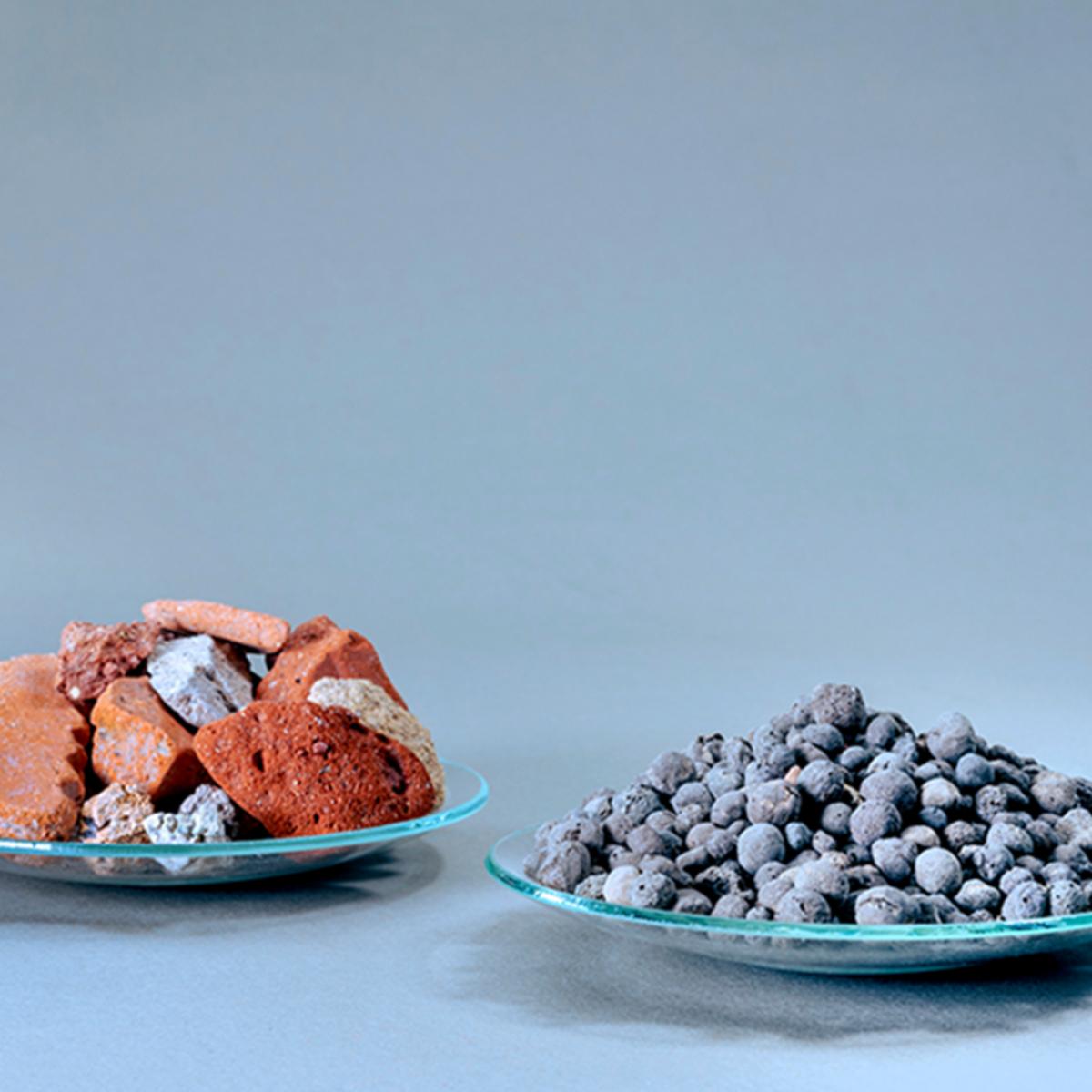New research: Lightweight granulates from construction waste save resources
The Federal Institute for Materials Research and Testing (BAM) has demonstrated in a joint project that lightweight granulates made from construction and demolition waste can be successfully used for the production of lightweight concrete. The research results pave the way for a responsible approach to scarce natural resources in the construction sector.
Ecological and Economic Benefits of Lightweight Concrete
Lightweight and infra-lightweight concrete offer significant ecological and economic advantages: they provide excellent insulation, minimizing heat and cold loss, thus increasing the energy efficiency of buildings. Their low weight reduces energy consumption and CO2 emissions during transportation to the construction site.
Traditionally, lightweight aggregates such as pumice, tuff, or expanded clay are used for the production of lightweight concrete and mortar. However, these natural raw materials are limited and in high demand by other industries.
New Utilization Possibilities for Construction and Demolition Waste
In principle, aggregates could also be produced from mineral construction and demolition waste—after all, about 450 million tons of this waste are generated annually in the European Union alone. Currently, suitable recycling options are lacking, especially for fine-grained masonry debris, leading to its frequent use as fill material for road construction or disposal in landfills. The problem is that this waste is often highly heterogeneous or contaminated with substances like sulfates.
Pilot Plant for the Production of Lightweight Granulates
In the REALight joint project (funded by the Federal Ministry of Education and Research as part of the “Resource-Efficient Circular Economy – Construction and Mineral Material Cycles” (ReMin) program), the IAB - Institute for Applied Building Research Weimar gGmbH successfully developed a pilot plant for the production of lightweight granulates from mixed construction and demolition waste. These granulates were thoroughly tested in BAM’s concrete laboratory to assess their performance as well as potential health and environmental risks.
In the next step, the BAM team tested lightweight, infra-lightweight concrete, and mortars made with these granulates according to the prescribed German and European standards. The focus was on mechanical properties such as strength and durability.
“The results are promising,” said Katrin Rübner, an expert in waste recycling at BAM. “The produced lightweight granulates are comparable in properties to traditional expanded clay and can be confidently used for lightweight concrete, infra-lightweight concrete, and lightweight mortars.”
Tradition Meets Innovation
The combination of tradition and innovation creates optimal conditions for industrial companies seeking an innovative environment. The capital region offers a mix of established companies, a thriving start-up scene, and renowned research institutions. This supports the development of cutting-edge technologies in various sectors, including Industry 4.0, additive manufacturing, electrical industry, mechanical and plant engineering, plastics and chemicals, metals, and nutrition.
For further information about the growth industries, economic development, business and technology support for companies, investors and scientific institutions in the Airport Region Berlin Brandenburg please contact:
Sandra Koletzki | sandra.koletzki(at)airport-region.de
(Source: Bundesanstalt für Materialforschung und -prüfung (BAM), 06|27|2024 | “Lightweight granulates from construction waste: New research results pave the way for saving natural resourcesn")
